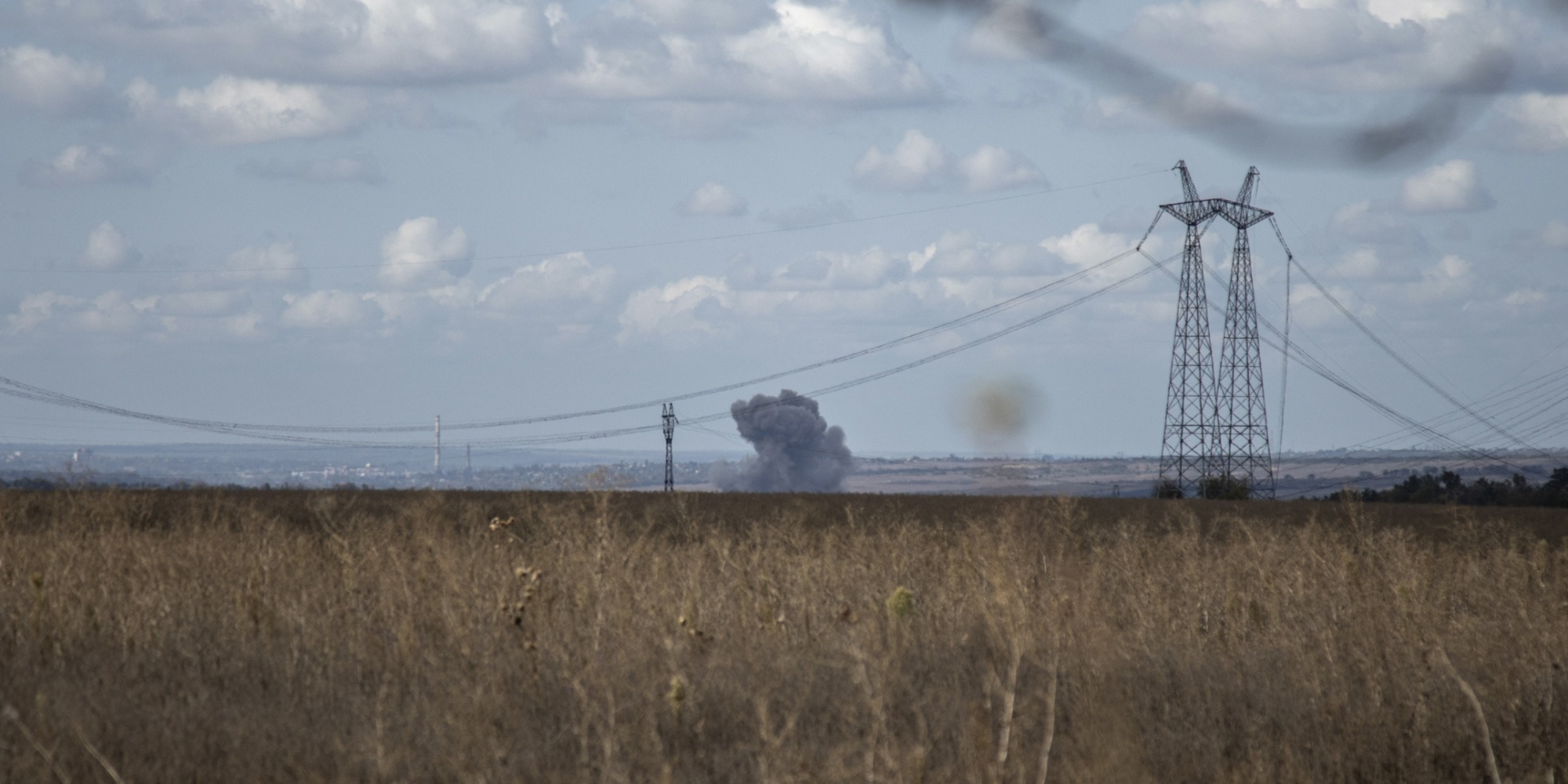Ukraine said on Sunday that it had pushed back the Russian army “from 3 to 8 km” deep on the left bank of the Dnieper occupied by Moscow’s army, the first numerical estimate of the advance of Kiev’s troops in this area after months of disappointing counter-offensive. “Preliminary figures vary from 3 to 8 km, depending on the specifics, geography and topography of the left bank,” army spokesperson Natalia Goumeniouk told Ukrainian television. If this advance is confirmed, it would be the biggest push by the Ukrainian army against the Russians in several months.
Natalia Goumeniouk did not, however, indicate whether Ukrainian forces completely controlled this area of the Kherson region (south) or whether the Russian army had withdrawn in the face of attacks by Kiev troops. “The enemy continues its artillery fire on the right bank,” she detailed, estimating the number of Russian soldiers present in this area at “several tens of thousands”. AFP was unable to confirm all of these assertions.
Launched last June, the long-awaited counter-offensive by Kiev and its Western allies failed, allowing the Ukrainian army to retake only a handful of villages in the south and east. But on Friday, kyiv said it had taken positions on the left bank of the Dnieper, while reporting “violent fighting” and “strong resistance” from Russia. Moscow, for its part, has not mentioned the Ukrainian bridgeheads until now.
Before that, the last major success claimed by Ukraine in its counter-offensive was the recapture of the village of Robotyné in August, in the southern region of Zaporizhia. Kiev hoped that this reconquest would allow it to break through the Russian lines and liberate the occupied areas, but the Ukrainian army did not succeed, faced with the firepower and solid Russian defense lines. Taking positions in depth on the left bank of the Dnieper could allow a larger assault in the south. But for this, Ukraine must succeed in deploying its army in this difficult to access, sandy and marshy area.
kyiv and Moscow targeted
At the same time, explosive drone attacks, signatures of the war in Ukraine, have increased in recent days. During the night from Saturday to Sunday, Kiev and Moscow were targeted by opposing attacks from these small devices, which were however largely intercepted by anti-aircraft defenses and did not cause any casualties, according to the respective authorities.
According to the account given by the Russian Defense Ministry, a drone “was destroyed by air defense equipment (…) above the territory of the Bogorodsky urban district, in the Moscow region.” Ukrainian drone attacks targeting Moscow were particularly frequent in the spring, ahead of and at the start of kyiv’s counter-offensive that began in June, but they have become very rare in recent weeks.
For its part, Kiev was the target, for the second night in a row, of a barrage of explosive drones launched by the Russian army, of Iranian manufacture “Shahed”, according to local military authorities, who reported “an intensification” of attacks on the Ukrainian capital. In total, “15 of the 20 enemy drones were destroyed,” the Ukrainian general staff said in a statement.
The deputy head of the presidential administration, Oleksiï Kouleba, assured on Telegram that kyiv was “increasing the number of mobile units” to counter these Russian attacks and “strengthening the protection of energy infrastructure”.
In a statement, the Russian Defense Ministry said it had hit a fuel depot in the central Kirovograd region and an ammunition warehouse near Kiev. The day before, the Ukrainian Air Force claimed to have shot down 29 drones out of the 38 “Shahed” launched by Russian forces across the territory in the largest nighttime drone attack since the end of September.
Anticipating new strikes on energy sites, Volodymyr Zelensky called on his army on Saturday to be “100% effective, despite all the difficulties, despite fatigue”. On Sunday, a Russian bombing in Kherson (south) also left five injured, including a three-year-old girl, according to Interior Minister Igor Klymenko.
